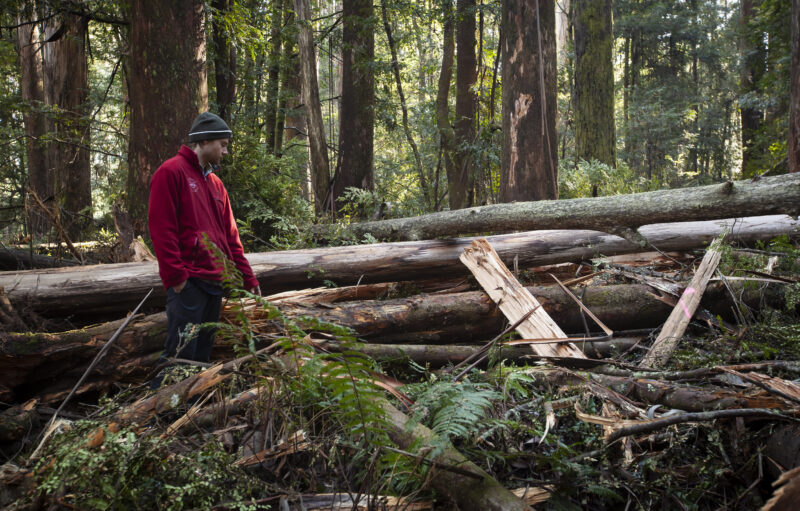PARK WATCH Article June 2024 |
Welcome to Salty Science, where we investigate life in the sea. This time Kaitlin Mussett looks at Neptune’s Necklace (Hormosira banksii)
Commonly referred to as Neptune’s Necklace, after the Roman god of the sea, Hormosira banksii belongs to the family Hormosiraceae. It is a type of brown algae characterised by branching, cylindrical fronds similar to small textured beads, thus resembling a beaded necklace.
These beads are actually air-filled bladders known as pneumatoycysts and are crucial to providing buoyancy to the seaweed, allowing it to float and remain upright. This maximises its exposure to sunlight allowing for better photosynthesis.
Native to Australia and Aotearoa New Zealand, Hormosira banksii can be found in dense mats on intertidal rocky shores. With each strand growing up to 30cm long, this seaweed is probably best known for giving many fond memories to children while they squirted the ‘water’ hidden inside during an afternoon at the beach.
The importance and magnificence of seaweeds are constantly ignored, and people tend to forget that seaweeds like the Hormosira banksii are essential in stabilising coastal ecosystems. They fulfil this role by offering essential habitat for intertidal invertebrates, gastropods and crustaceans. They serve as a nutrient rich food source, boasting the highest iodine and zinc levels among other species, benefiting sea urchins, crustaceans, and fish. On top of that, they contribute to erosion mitigation through their competitive edge over other species and their resilience in adapting to fluctuating environmental conditions.
Seaweed can be harvested for several different uses such as food, or even art or other creative ideas; you just need to remember, like a terrestrial plant a seaweed’s root system is imperative to its growth and reproduction, so don’t pull from the root, harvest from higher up.
With a fresh taste and crunchy texture similar to cucumber you might even like to try some Hormosira banksii beads pickled on your next cheeseboard!
Kaitlin Mussett is a ReefWatch Student Placement from Charles Sturt University
- Read the latest full edition of Park Watch magazine
- Subscribe to keep up-to-date about this and other nature issues in Victoria
- Become a member to receive Park Watch magazine in print
